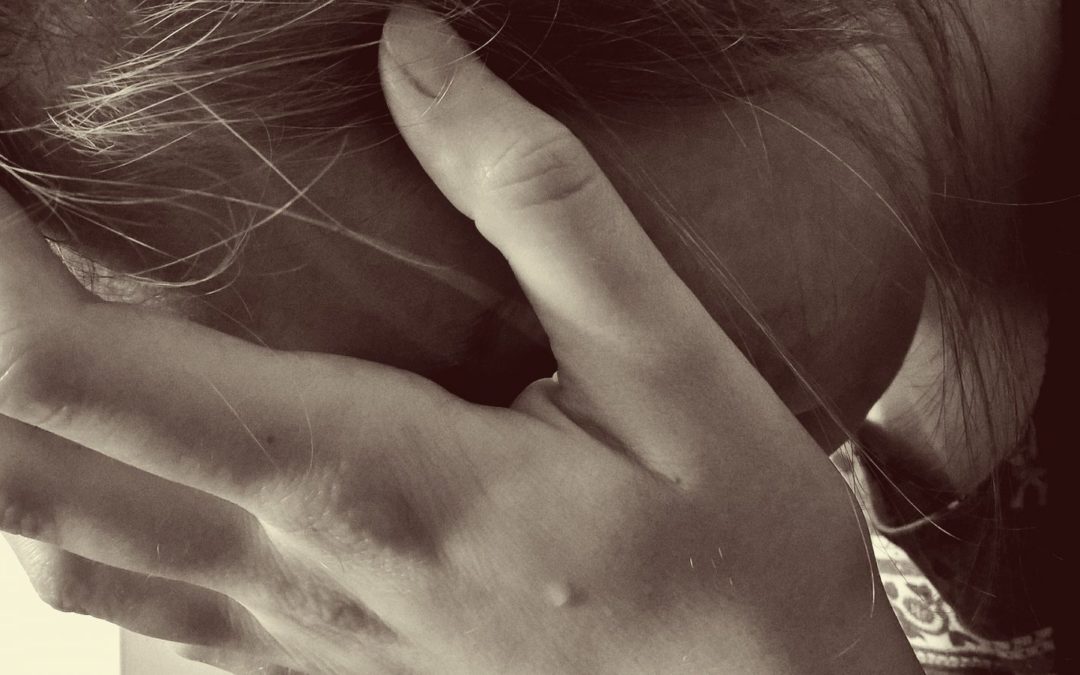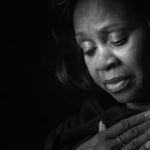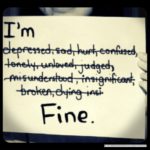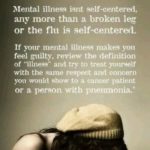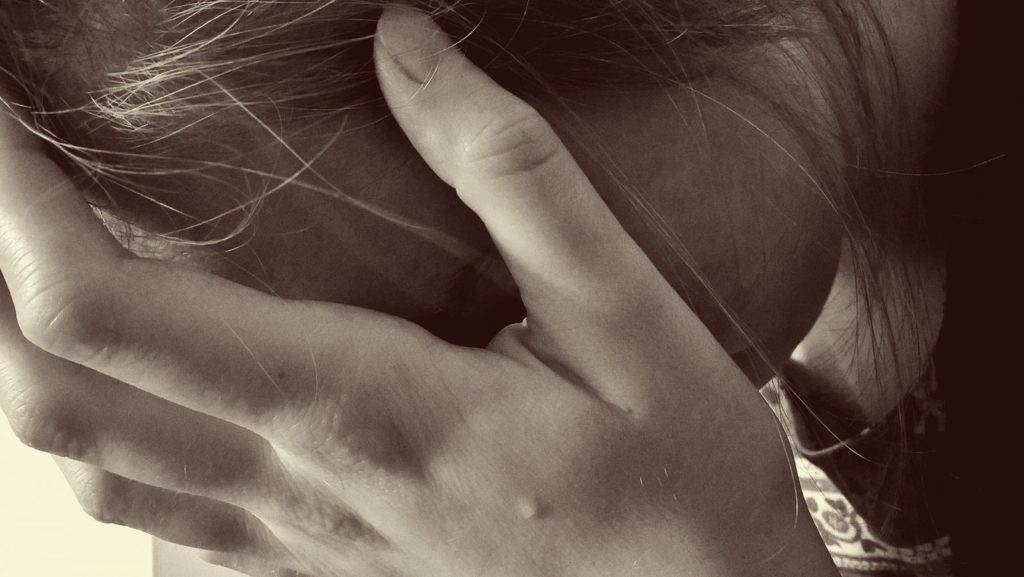
Grief starts with Attachment
- Attachment & Grief (John Bowlby)
- If the goal of attachment behavior is to maintain an affectional bond, situations that endanger this bond give rise to certain very specific reactions.
- The greater the potential for loss, the more intense and the more varied these reactions are.
- “In such circumstances, all the most powerful forms of attachment behavior – become activated clinging, crying, and perhaps angry coercion.”
- When these actions are successful, the bond is restored, the activities cease and the states of stress and distress are alleviated (Bowlby, 1977a, p. 429).
Grief & Attachment
- Bowlbys Phases of grief:
- Numb disbelief, yearning for the deceased, disorganization and despair, re-organization, carving out a new normal life.
- People go through a painful period of searching for what has been lost before releasing attachment to the person who died and moving forward.
- Rehearsal, during disorganization stage of events preceding loss as if to set them right.
Bereavement, Grief & Mourning
- Definition of Terms:
- Use the term grief to indicate the experience of one who has lost a loved one to death. (Worden, 2009)
- Grief is a term that can be applied to other losses,
- Mourning is the term applied to the process that one goes through in adapting to the death of the person.
- Bereavement defines the loss to which the person is trying to adapt.
References
Worden, J. W. (2009). Grief counseling and grief therapy: A handbook for the mental health practitioner. (4th ed.) Springer Publishing Company. Kindle Edition.
